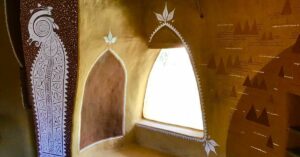Mumbai Duo’s Sustainable Homes Cut Energy Bills & Are 30% Cheaper!
From a bungalow built at a meagre budget of Rs 22 lakhs to procuring local construction materials from a radius of 3-5 kilometres, unTAG is setting affordable and sustainable architectural goals
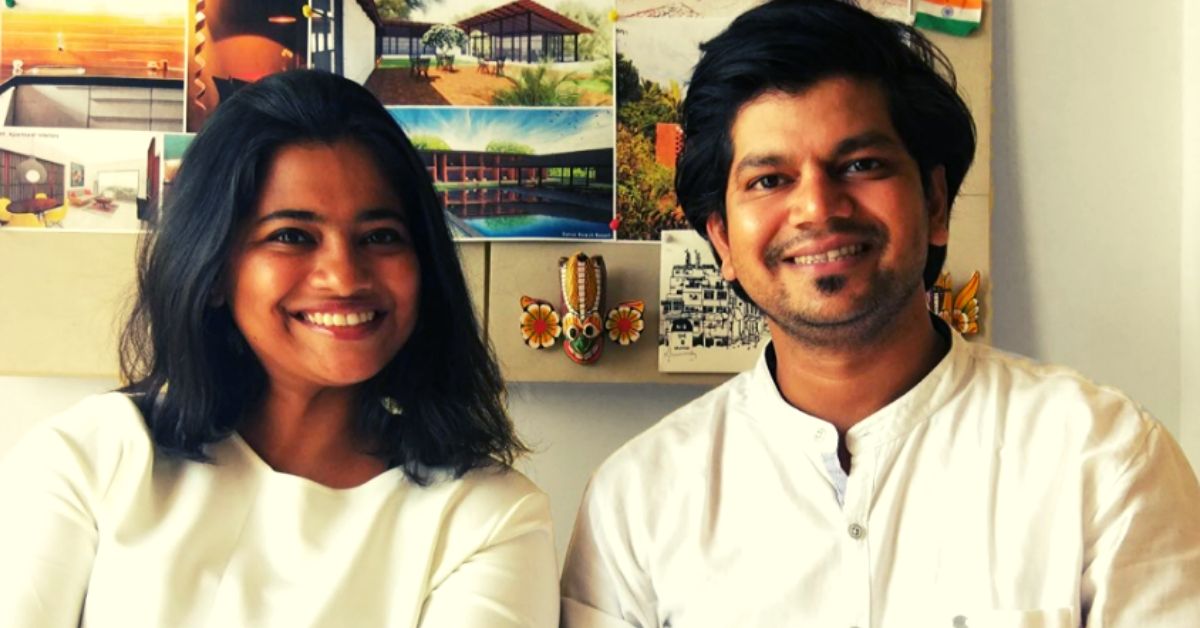
“As a student, I wanted to change the myth that architects are exclusive to people with money. A large part of our fraternity does not cater to the grassroots level or a common man in urban areas. So building budget-friendly houses became our foremost rule,” says Gauri Satam, co-founder of Mumbai-based unTAG, an architectural and interior design firm that believes in building sustainable homes.
On the other hand, Tejesh Patil, unTAG’s other founder, has always been fascinated by energy-efficient designs. In his words, “Sustainability is not just a label, but an integral approach which starts from the first seed of thought and eventually becomes a lifestyle of the end-users. I always wanted to explore ways to integrate passive solar energy and effective natural cooling systems in projects.”
These two approaches led to the conception of their architectural firm where sustainable architecture is not just a practice, but a way of life.
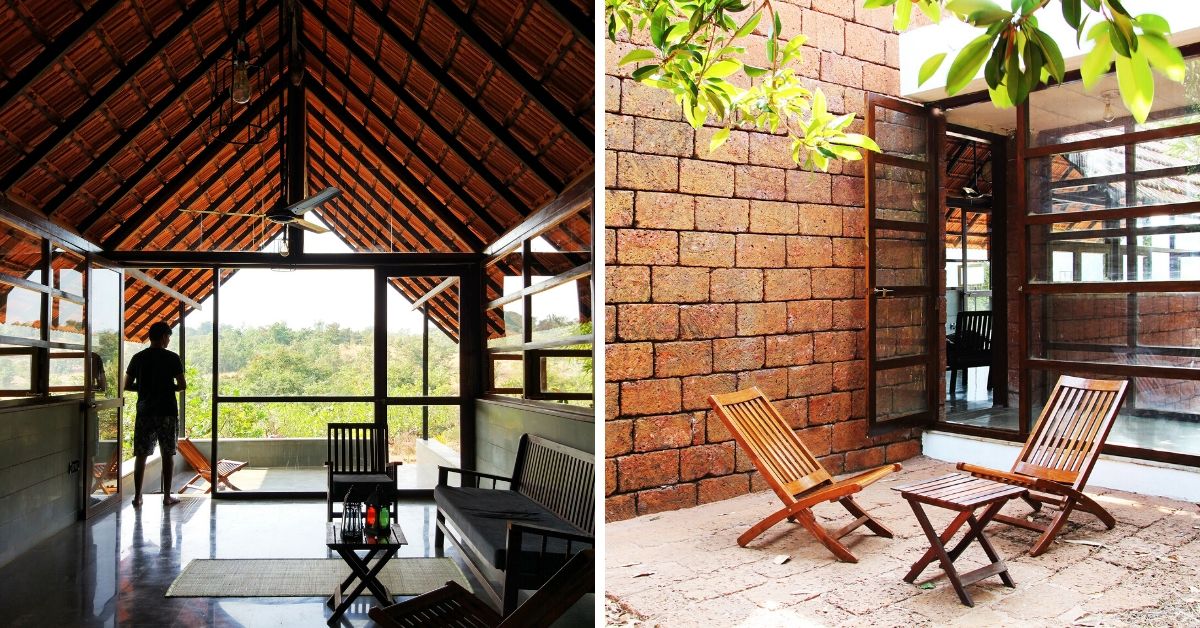
The duo’s deep-rooted commitment towards making climate-responsive affordable homes and unwavering loyalty for minimalism and vernacular designs are apparent in their projects.
“We work around parameters that are specific to the site, climate and cultural context. This makes every project unique and reduces overall construction cost by 30 per cent. Our vision is to make affordable luxury homes while giving utmost importance to the environment,” Gauri tells The Better India (TBI).
Sustainable homes: Eco-Friendly & Low-Cost
After graduating from the prestigious Sir J J College of Architecture, Mumbai in 2008, Gauri and Tejesh went on to carve their paths in the world of designing houses.
While Gauri worked with HCP Design (Ahmedabad) and SPASM Design Architects (Mumbai), Tejesh worked with Sanjay Prakash & Associates in Delhi and Opolis Architects (Mumbai).

From working on master planning projects to luxurious weekend homes, sustainable institutions to world-class museums, the duo gathered a plethora of experience, skills and knowledge from their mentors before starting their dream firm based on their own set of principles.
For the duo, the aspects of designing low-cost and eco-friendly architecture are primarily by-products of each other.
“The use of salvaged or locally sourced materials reduces raw material cost. Meanwhile, our material palette is more climatically appropriate and cheaper compared to high-end products sourced from abroad like the imported Italian marbles. Usually, in our projects, the overall construction with basic interior cost comes to around Rs 1400-1500 per sq ft as against the usual market rate of Rs 2,000. Our construction materials ranges from using locally baked bricks, regionally quarried stones, vernacular mud walls to native seasoned timber,” informs Tejesh.
Implementing Climate-Responsive Strategies
Treating landscape as a vital aspect, Gauri and Tejesh built a Maharashtrian-style house with a central courtyard and spacious yet controlled openings in Dakivali village in 2019.
The look and feel of this house may be luxurious but as unbelievable as it may seem, it was made on a meagre budget of Rs 22 lakhs.
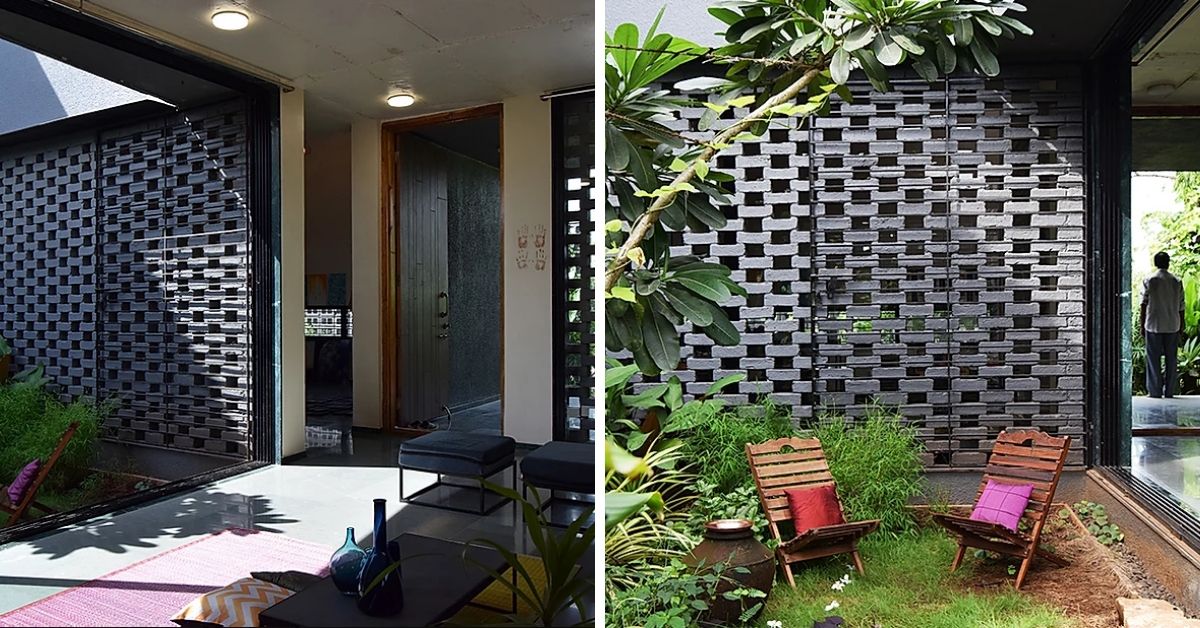
“The client, a farmer, wanted a modern structure with the essence of nature. It was challenging to build a house on the 1400 sq.ft area. So, we interplayed with traditional designs like jaalis, verandahs and aangans to create a microclimate that ensured ambient temperature, using natural cooling even during the peak summer months,” says Gauri.
The recycled fly ash block jaali near the entrance blocks outside dust from the abutting kuchcha road and also acts a climate control measure by restricting harsh heat, while filtering the west breezes.

The aangan, a compact central courtyard endorsing a sculptural champa (Plumeria) tree, gets natural shade for the most part of the day that lowers the temperature by 3-5 degrees. Meanwhile, the other courtyard at the entrance blocks the view of the private spaces from for outsiders and at the same time allows ample cross-ventilation.
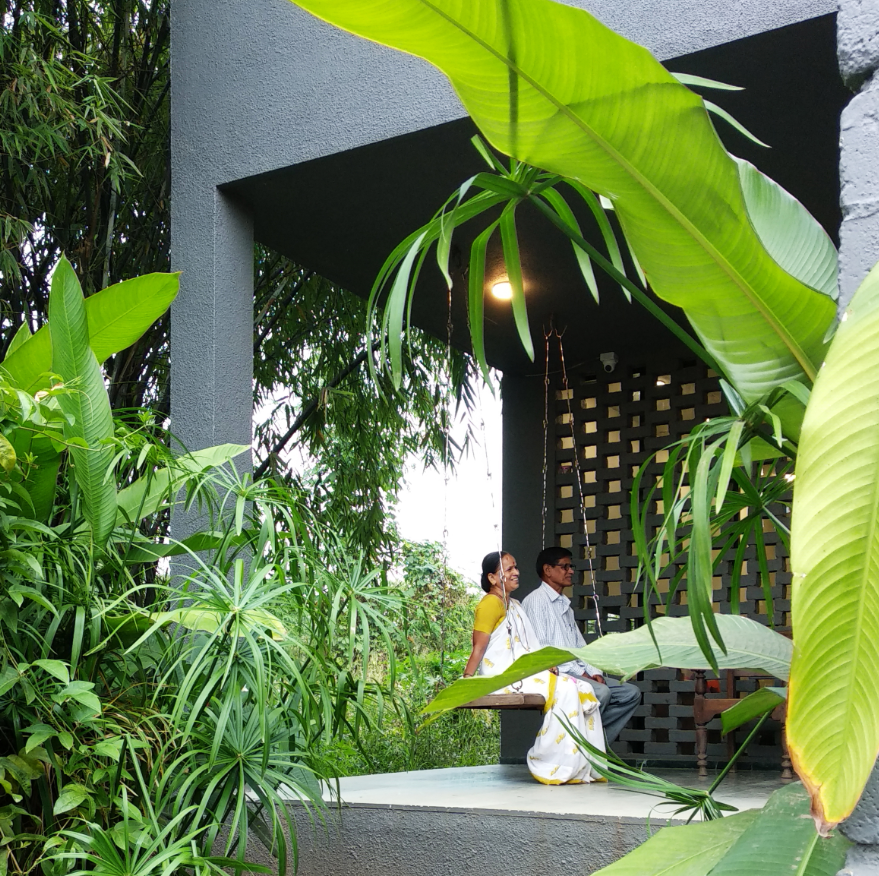
The duo used passive solar designs like large overhangs and appropriate openings. To further reduce the heat, they painted the terrace in white and did the flooring with Indian Kota stone. The landscape around also integrates simple techniques of water recycling and harvesting, using phytoremediation and groundwater recharge.
Similarly, Chira (laterite), an indigenous stone was used as the main structural element to control the extreme temperatures of a newly-built home nestled in the lush green orchard in Ozram village in Maharashtra.
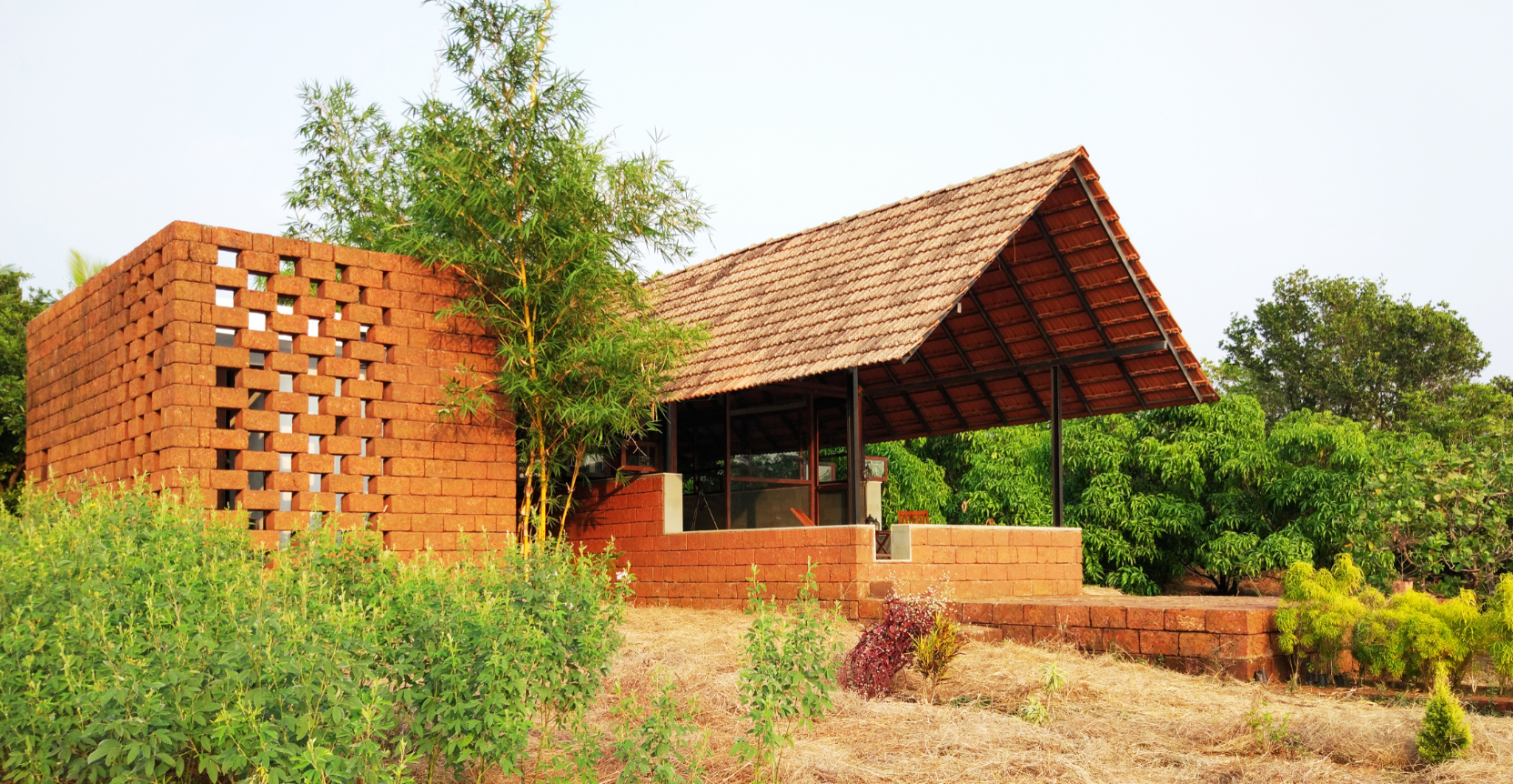
“Chira was procured from a 3-km away quarry. Due to its porous nature, Chira behaves like an earthenware, keeping internal temperature 4-5 degrees lower than the outside temperature during summers. Whereas its sturdiness protects the house from heavy southwestern monsoon showers,” shares Tejesh.
Flooring and internal walls were given an extra layer of heat insulation by using Indian Kotah stone and the locally available terracotta roof tiles constitute the traditional sloping roof, providing shade during the day while letting the hot air escape.
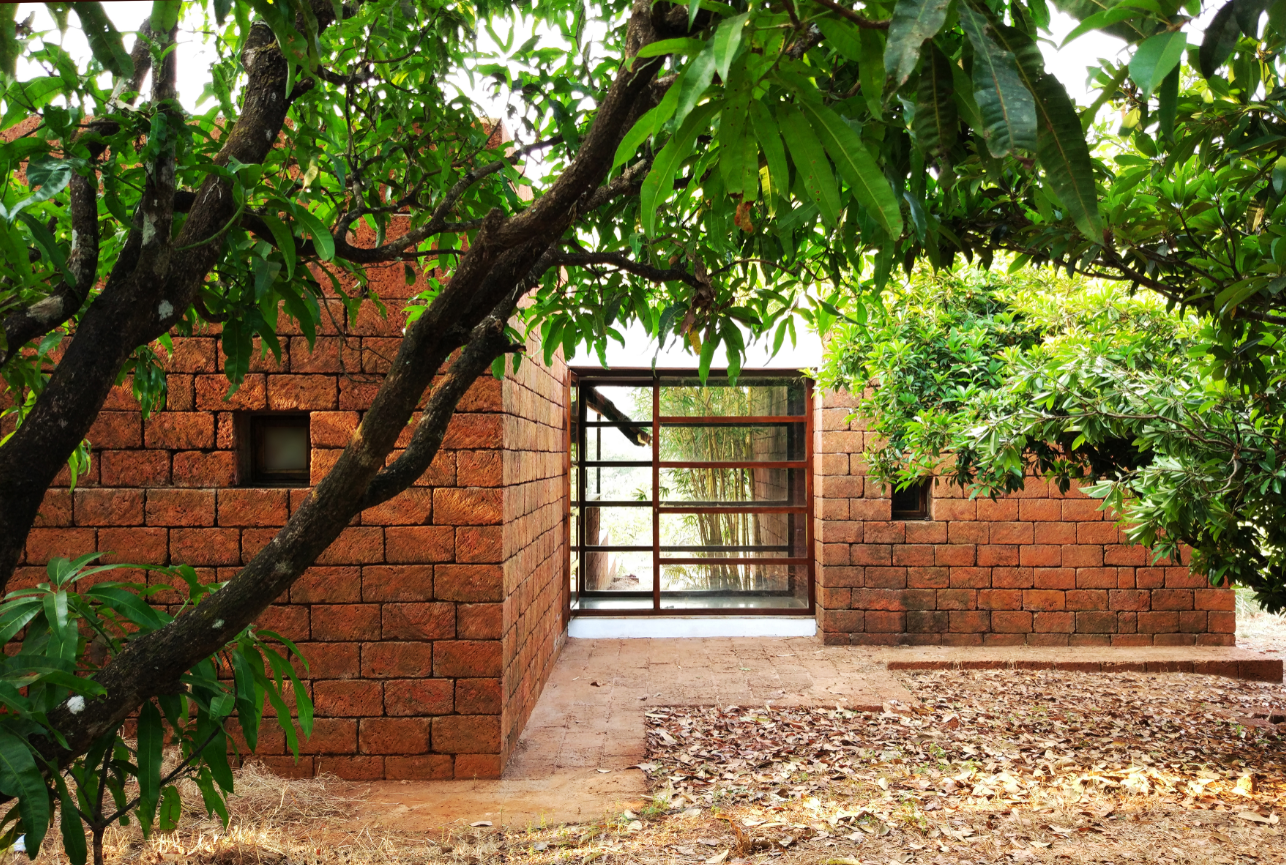
Called ‘Vrindavan’, this sustainable house was constructed merely on a budget of Rs 10 lakh in 2015, “After living in a city like Mumbai, the retired couple’s brief was to be close to nature and do minimal spending on the 1,000 square feet vernacular-styled farmhouse,” says Gauri.
The recycling factor here was salvaging discarded wood from a temple demolition site in the village, “We got a ready-seasoned timber from local ain, teak, jackfruit and sal wood at merely Rs 10,000. The wood was reused for doors, windows and furniture.”
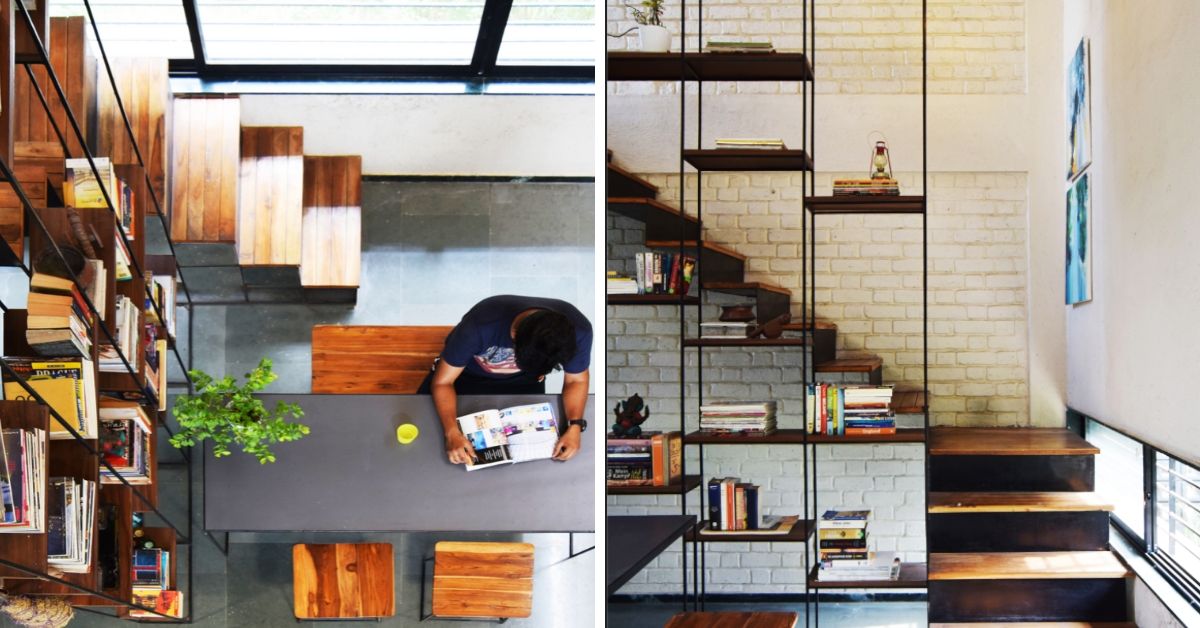
The tropical planning of the homes, ensuring cross ventilation and sufficient indirect natural light in both the houses lessens the dependency on electric lights and air-conditioning and fans, thus reducing the electricity bill.
Designing a Sustainable Future through Architecture

Gauri and Tejesh have worked on around 40 environmentally and economically sustainable projects so far. Naturally, their temperature-controlled strategies, allegiance with local construction materials and adherence to traditional aesthetics have garnered several accolades.
Though officially only 5 years old, their architectural studio has already clinched prestigious design awards like IAB’s Young Designers Award 2016, and Trends Most Sustainable Project Award 2016 for their fusion between modern and traditional architecture.
On a parting note, the duo reinforces the importance of sustainable and affordable architecture and the way we will co-exist with nature in future.
“As architects, we can significantly contribute by working at the grassroots level, something that we learnt from works of Srilankan architect, Geoffrey Bawa and Kerala architect, Laurie Baker. We can start by understanding the aspirations of the common man, educating them the value of environmentally conscious designs while going back to traditional construction methods and exercising climatic thermal-comforting elements. With the help of the right passion and eco-sensitivity, we can alter our lifestyle in sync with sustainability,” says Tejesh.
Also Read: Without Steel Or Cement, This Architect’s Recyclable Homes Will Last A Century!
All images are sourced from unTAG.
Get in touch with unTAG here
(Edited by Saiqua Sultan)
Like this story? Or have something to share?
Write to us: [email protected]
Connect with us on Facebook and Twitter.
If you found our stories insightful, informative, or even just enjoyable, we invite you to consider making a voluntary payment to support the work we do at The Better India. Your contribution helps us continue producing quality content that educates, inspires, and drives positive change.
Choose one of the payment options below for your contribution-
By paying for the stories you value, you directly contribute to sustaining our efforts focused on making a difference in the world. Together, let's ensure that impactful stories continue to be told and shared, enriching lives and communities alike.
Thank you for your support. Here are some frequently asked questions you might find helpful to know why you are contributing?


This story made me
-
97
-
121
-
89
-
167




